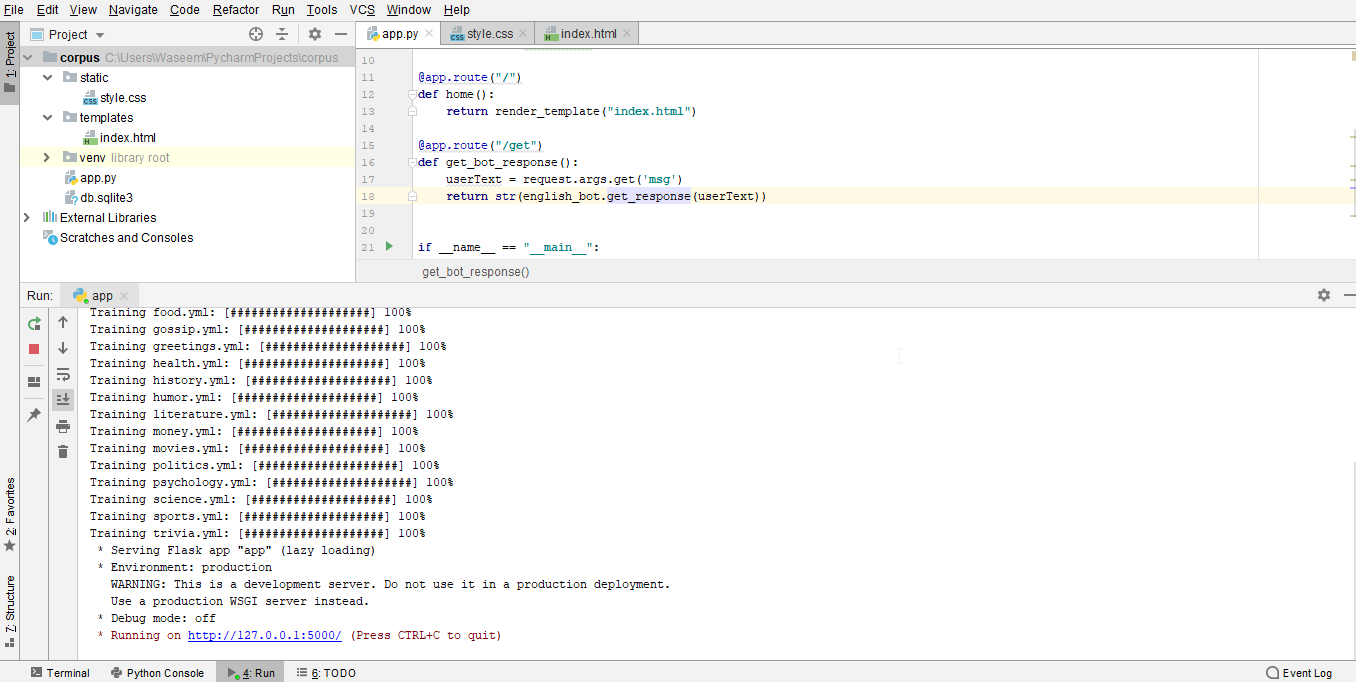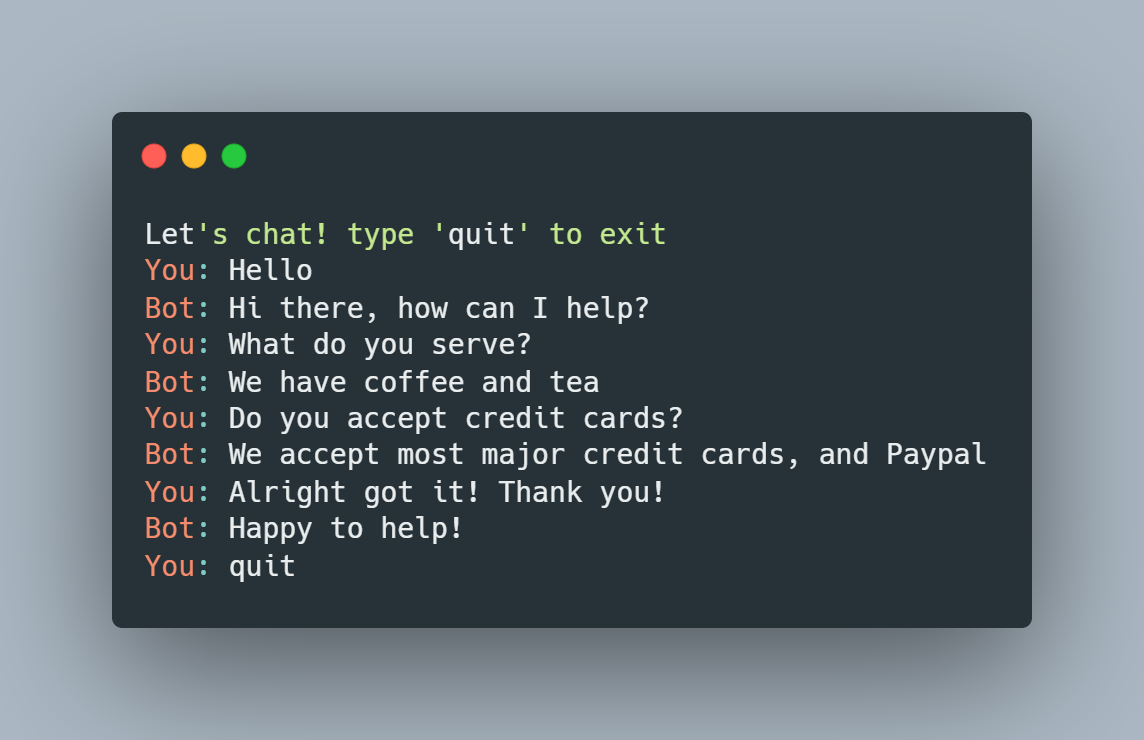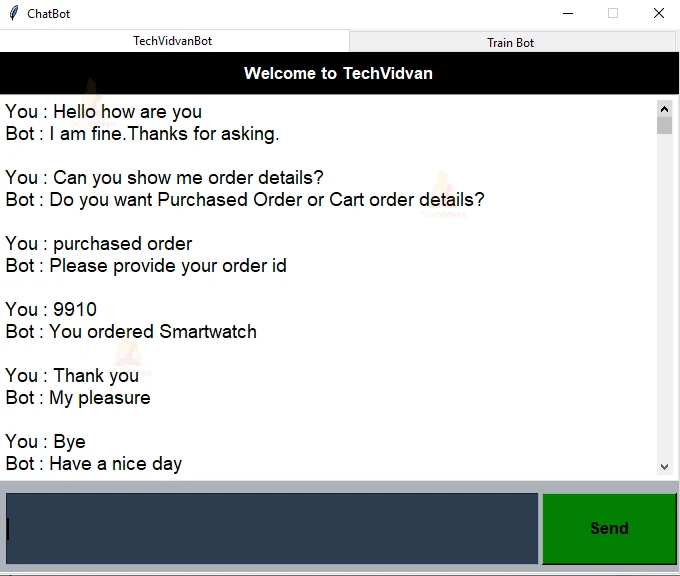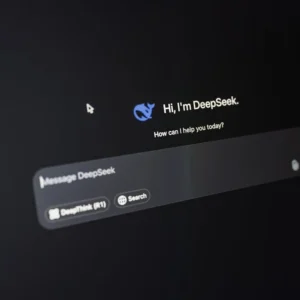Description
1. Machine‑Learning Response Generation
- Builds conversational models that improve over time from user interactions and training data sets.
2. Language Independence
- Designed to support multiple languages, you can train your bot for Arabic, Spanish, German, etc., with corpora support.
3. Extensible Training Options
- Use ChatterBot’s built-in corpora or supply your custom conversation data. Trainers like to
ChatterBotCorpusTrainerMake the setup straightforward.
4. Adaptive Learning
- As users engage, the bot stores statements and responses to continuously refine its conversational accuracy.








Reviews
There are no reviews yet.